Russia has more tanks, more modern and more diverse types.
With more varieties than its opponents and a numerical advantage, Russia’s tank force seemed destined to destroy Ukraine on the battlefield. But after a year of fighting, the superpower has made mistakes on the armored front, leading to heavier than expected losses.
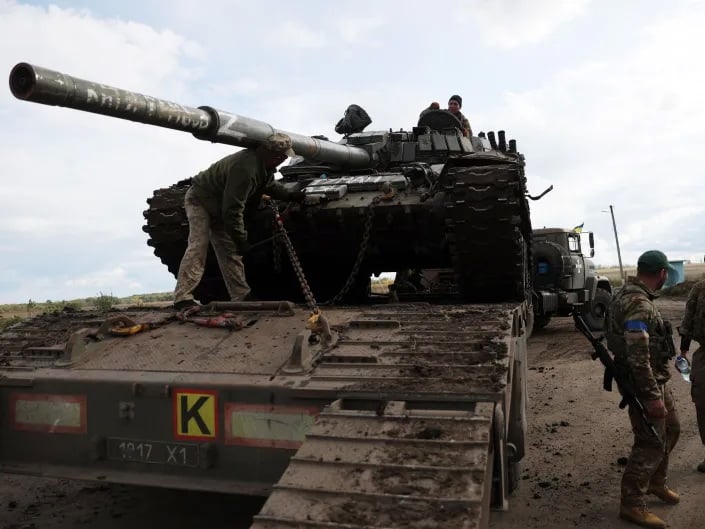
A Russian T-72 is loaded onto a truck by Ukrainian soldiers outside the town of Izyum (Ukraine) on September 24, 2022 - Photo: AP
Although the brutal siege of Bakhmut (eastern Ukraine) has not been decided by a tank battle, previous tank battles between the two sides have attracted international attention, including Ukraine’s use of abandoned Russian tanks to support the counteroffensive in Kharkiv last year, and to relieve the siege of Vuhledar earlier this year.
Although modern warfare is different from the past, the immense power of armored vehicles on the battlefield is still very important, according to Mark Cancian, a retired US Marine Corps colonel and senior advisor to the International Center for Strategic Studies (IISS). Tanks provide mobility, firepower and protection for infantry.
But when it comes to tanks, practical features are only part of the story. According to Jeffrey Edmonds, a Russia expert at the US Center for Naval Analyses, one of the main capabilities of tanks is the psychological impact they have on the enemy, known as the “shock effect.”
Symbolic or not, tank warfare remains an important aspect of the ongoing conflict for both sides, with Russia reportedly emptying its tanks to replenish its severely depleted tank force, while Ukraine continues to push for more aid.
Throughout the war, Russia relied primarily on four tank models: the T-64, T-72, T-80, and T-90, with the T-72 making up the majority, thanks to its large numbers produced during the Soviet era and more modern updates still having significant combat value.
Russia produced a large number of T-72s during the Cold War and has had numerous upgrades since then that have made the model's capabilities comparable or even superior to its direct successor, the T-80.
According to Jeffrey Edmonds, Russian tank designs are a product of lessons learned during World War II, and as a result, they tend to be smaller, lighter, and lower than Western tanks. This makes Russian tanks harder to hit, but also less powerful when facing a larger, more heavily armored NATO opponent.
According to the International Institute for Strategic Studies (IISS), Russia fielded around 3,000 tanks, nearly double the number of Ukrainians. While Ukraine also had T-64s and T-72s, the Russian versions of these tanks, especially the T-72B3 and T-72B3M, were more advanced thanks to years of upgrades that Ukraine never had reason to undertake.
But numbers do not make victory
On paper, the Russian tank certainly has better specifications. But the battlefield tells a different story.
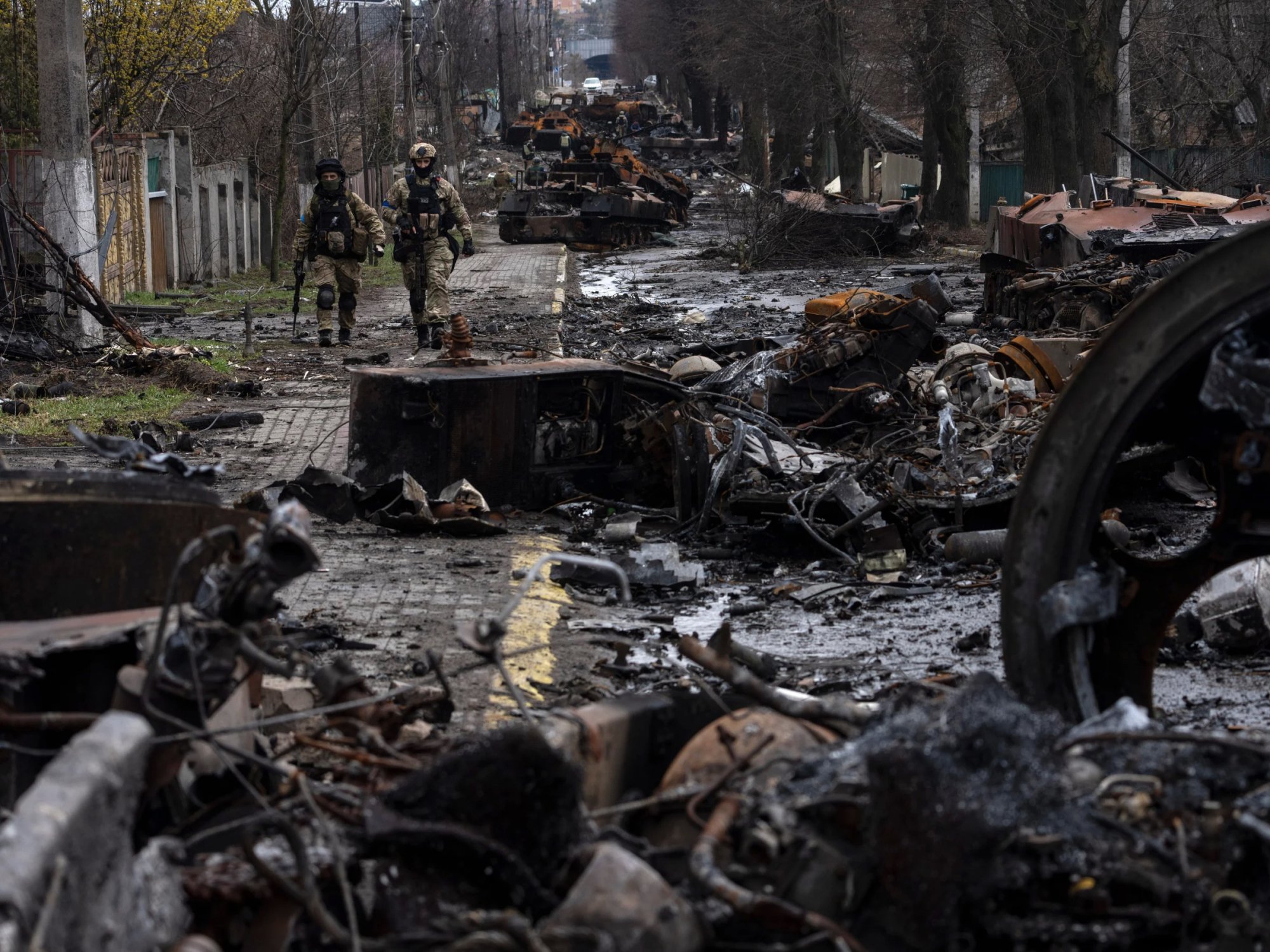
Soldiers walk among destroyed Russian tanks in Bucha, outside Kiev, Ukraine, April 3, 2022. Photo: AP
“The lethality of a tank depends on more than just the vehicle itself,” said US expert Edmonds. “It depends on the crew, but it also depends on how the tank fits into the battlefield and how it integrates with other combat components.”
Not only has the Russian military struggled to properly utilize its tanks, it has also had a hard time maintaining them. IISS and Oryx, an open-source intelligence analysis platform, estimate that Russia has lost about half of its tanks, or more than 1,500, since the start of the conflict.
According to Cancian and Edmonds, a key part of effective tank warfare is using these vehicles in coordination with infantry, air support, artillery, and engineers, in a type of joint operation known as ‘combined arms.’” And Russia is doing this poorly, due to its poor ability to connect its forces.
In one of the earliest examples, Russia sent an unprotected tank column straight into an ambush in Bucha last April. Then, earlier this year, the Russians repeated the same mistake in Vuhledar, resulting in the loss of more than 100 tanks, some of which were seen charred in the snow in Ukraine.
According to former US colonel Mark Cancian, the Russians should have sent a squad of infantry ahead of the tanks to clear the terrain for the vehicles and scout out possible attack points. But that kind of joint operation requires training, and according to US Navy analyst Edmonds, “the Russians came into this with a lower level of tactical training than we thought.”
Cohesion among Russian soldiers is unlikely to improve, with Western intelligence citing more than 220,000 casualties in the war. That staggering figure has exacerbated the problem of personnel quality in the Russian military.
Not only does Russia have too few soldiers left to organize the infantry units needed to work with its tanks, it also appears to be running out of manpower to operate its remaining tanks. At Vuhledar earlier this year, Ukrainian soldiers said they captured a Russian military doctor who had been forced to drive a tank.
Another important factor when talking about the damage to Russian tanks is that Ukraine has received a huge amount of modern anti-tank weapons from the West. Of these, the Javelin anti-tank missile, with its diving attack on the turret, is the weapon that causes the most damage to Russian tanks. It is estimated that the West has provided Ukraine with about 8,000 Javelin missiles, a number large enough to deduce how terrible the losses were to the enemy.
Mistakes and limitations have cost Russia's armored forces dearly, forcing the country to rely on older tanks from its storage, including the T-62 as well as the T-55 and T-54, some of which date back to the 1940s.
These decades-old replacements are of course slower and lack the firepower of modern tanks. Ukraine, meanwhile, has contributed to Russia’s dwindling supplies by capturing scores of T-72s, T-80s, and even some T-90s from its enemies. According to Western intelligence, Ukraine has lost only 500-700 tanks, far fewer than Russia.
The balance depends on Western tanks
After months of lobbying from President Volodymyr Zelenskyy himself, Ukraine finally secured promises of tank aid from several Western countries earlier this year.
The US has pledged to send Ukraine 31 M1A1 Abrams tanks in the coming months; the UK is preparing 14 Challenger 2 tanks to send to Kiev; Germany has promised to send 14 Leopard 2 tanks while several other European countries, such as Poland, have already transferred their Leopard 2 tanks to Ukraine.
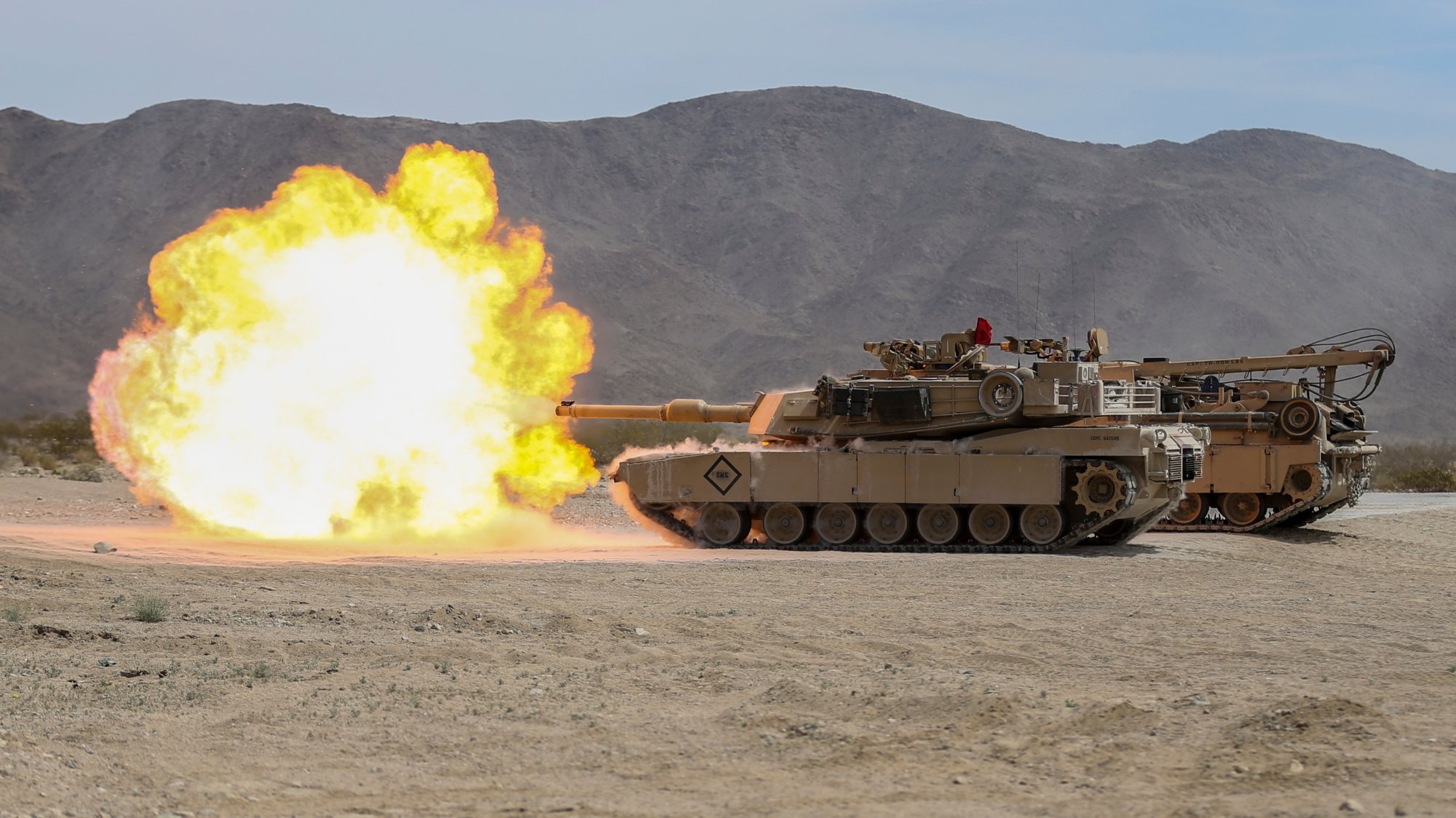
An M1A1 Abrams, the main battle tank the US promised to send to Ukraine, fires. Photo: Getty Images
“Western tanks have better fire control and maneuverability than the Russian T-72,” said former colonel Cancian. “They are larger than most Russian tanks and have better survivability due to their advanced armor.”
“The three Western tanks mentioned above are basically equivalent and could significantly upgrade the Ukrainian armored forces,” Cancian said, although he was not sure when the Western tanks would arrive or what role they would ultimately play in future Ukrainian offensives.
Meanwhile, US Navy analyst Edmonds told Business Insider that he expects Ukraine to launch a spring or summer offensive, possibly an attempt to penetrate deep into Russian defenses, if backed by a large tank force.
But the number of Western tanks that will be delivered to Kiev is less than 150, and it is unlikely to change the course of the war. “Even if the Western tanks are really good, the numbers are too small to fundamentally change the balance of the tank war,” Edmonds said. “The balance will only be reversed if Ukraine receives more modern Western tanks, which remains to be seen.”
Nguyen Khanh
Source


![[Photo] Coming to Son La, let's "show off" with the Wallflowers](https://vphoto.vietnam.vn/thumb/1200x675/vietnam/resource/IMAGE/2025/5/21/627a654c41fc4e1a95f3e1c353d0426d)
![[Photo] Prime Minister Pham Minh Chinh receives the President of Asia-Pacific region of PowerChina Group](https://vphoto.vietnam.vn/thumb/1200x675/vietnam/resource/IMAGE/2025/5/21/0f4f3c2f997b4fdaa44b60aaac103d91)
![[Photo] Scientific workshop "Building a socialist model associated with socialist people in Hai Phong city in the period of 2025-2030 and the following years"](https://vphoto.vietnam.vn/thumb/1200x675/vietnam/resource/IMAGE/2025/5/21/5098e06c813243b1bf5670f9dc20ad0a)
![[Photo] Prime Minister Pham Minh Chinh receives Rabbi Yoav Ben Tzur, Israeli Minister of Labor](https://vphoto.vietnam.vn/thumb/1200x675/vietnam/resource/IMAGE/2025/5/21/511bf6664512413ca5a275cbf3fb2f65)


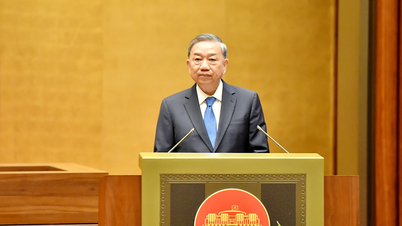

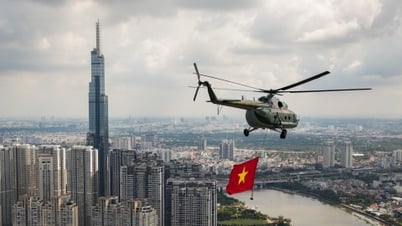

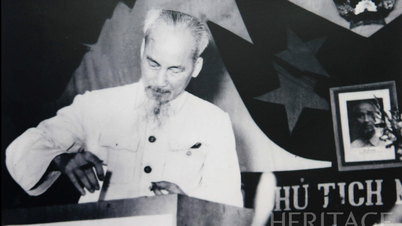
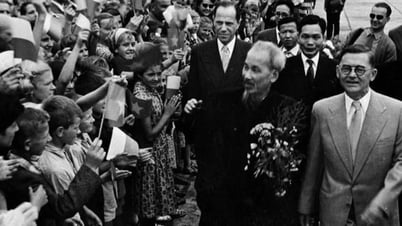

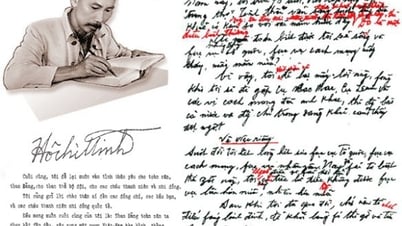
































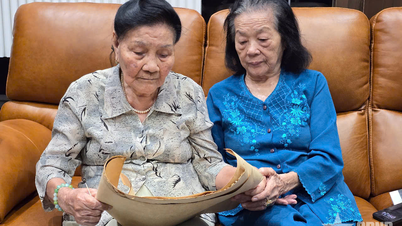














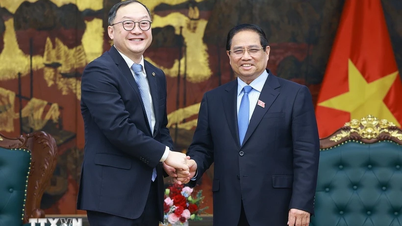

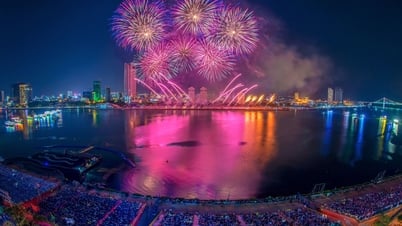
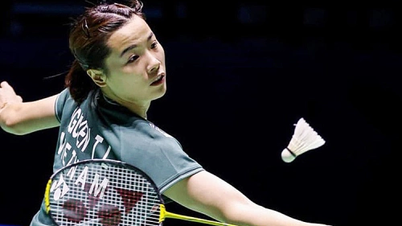

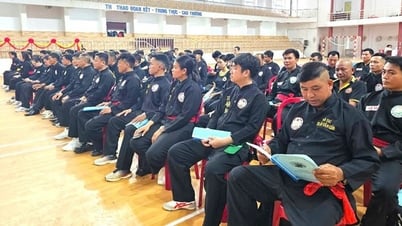
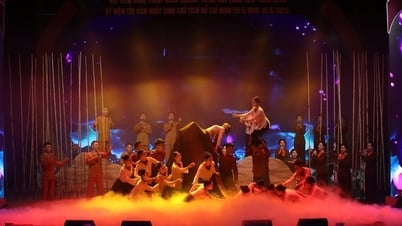


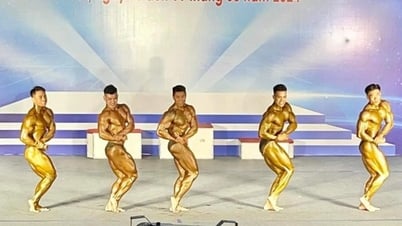








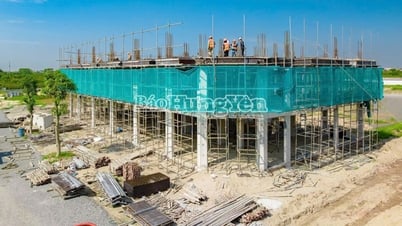

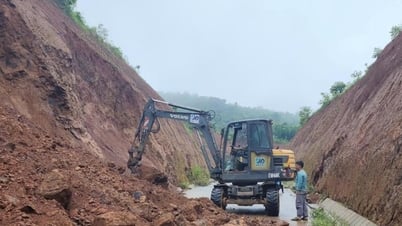













Comment (0)